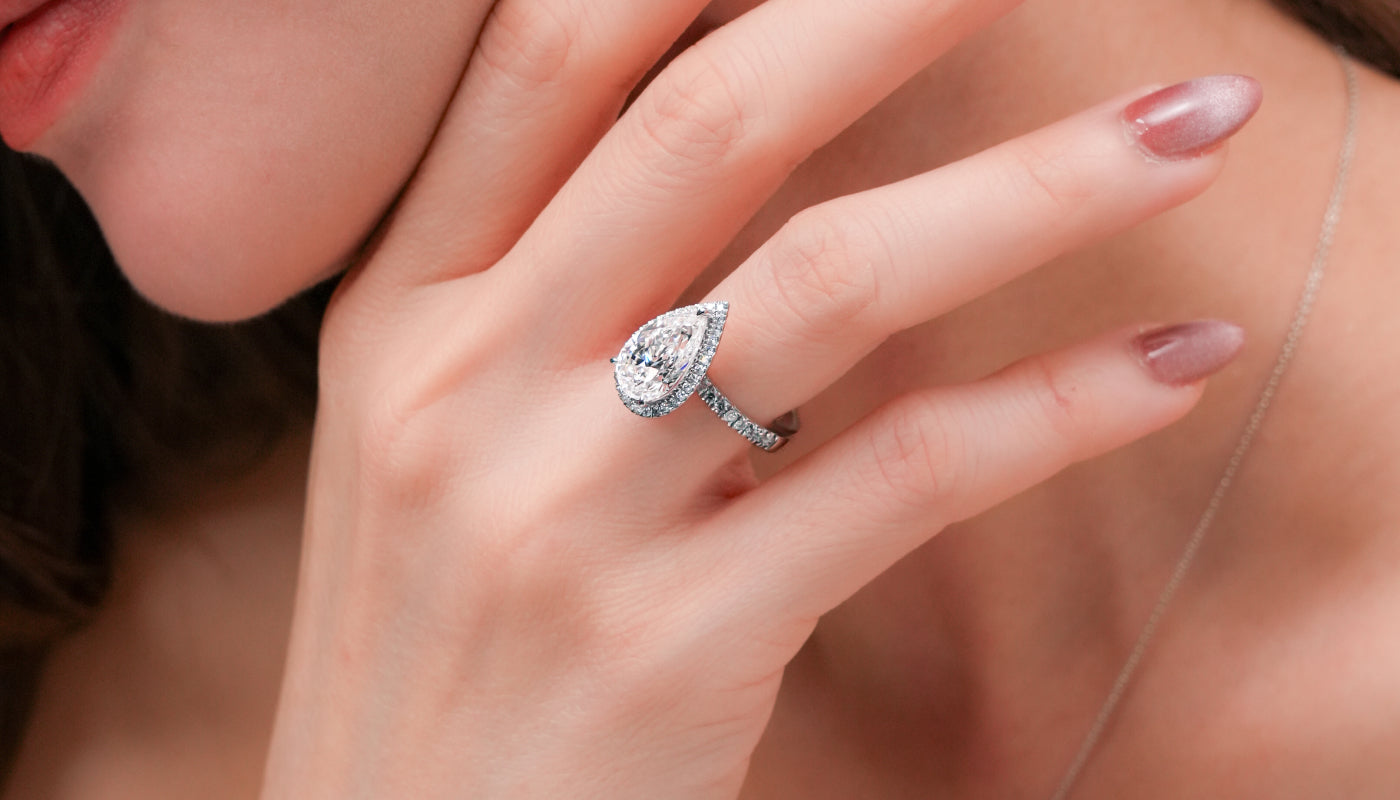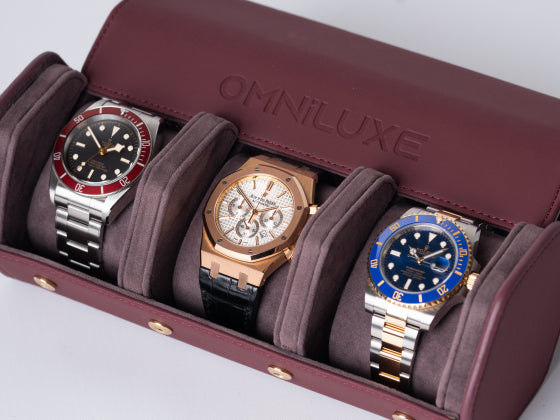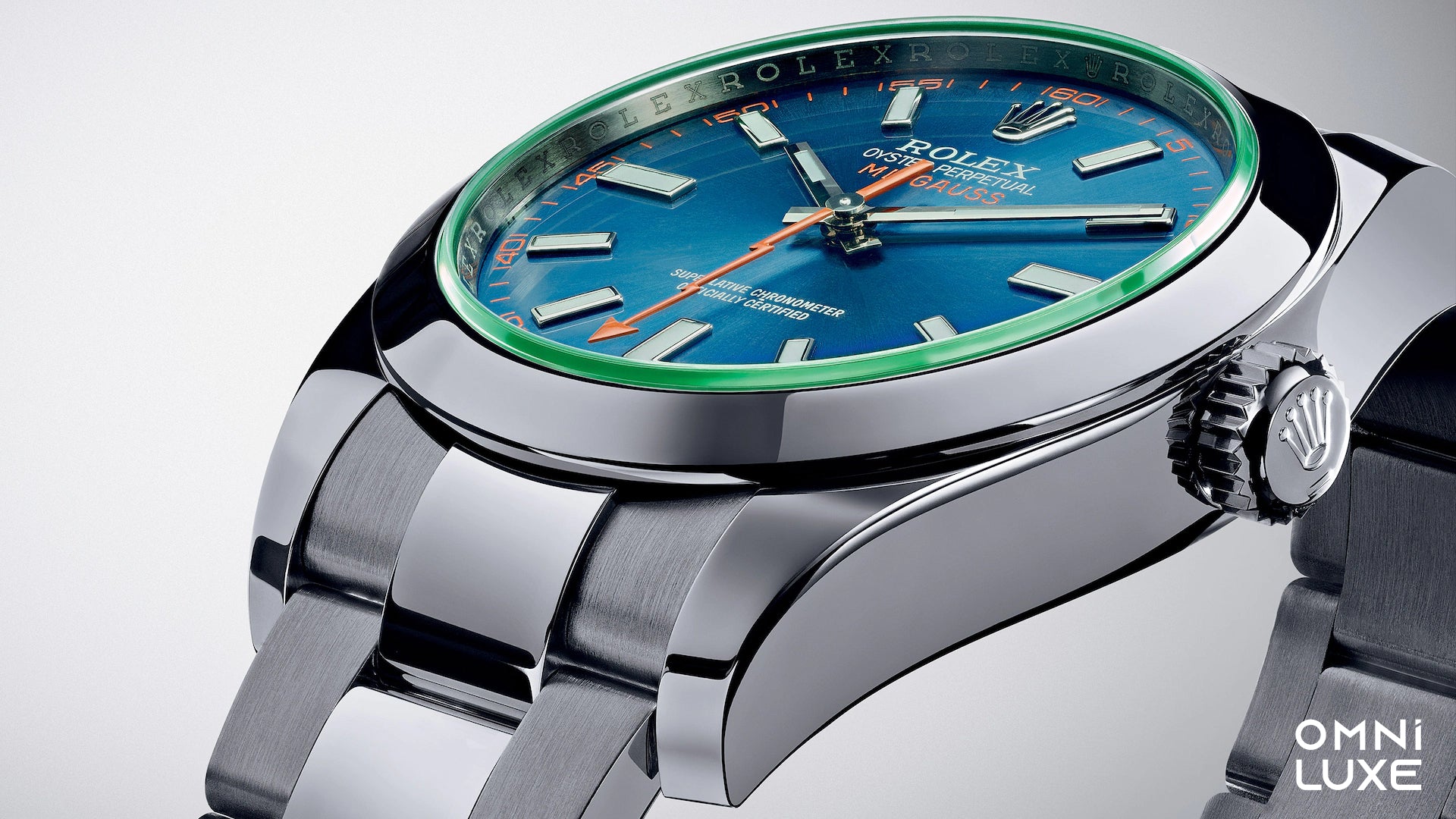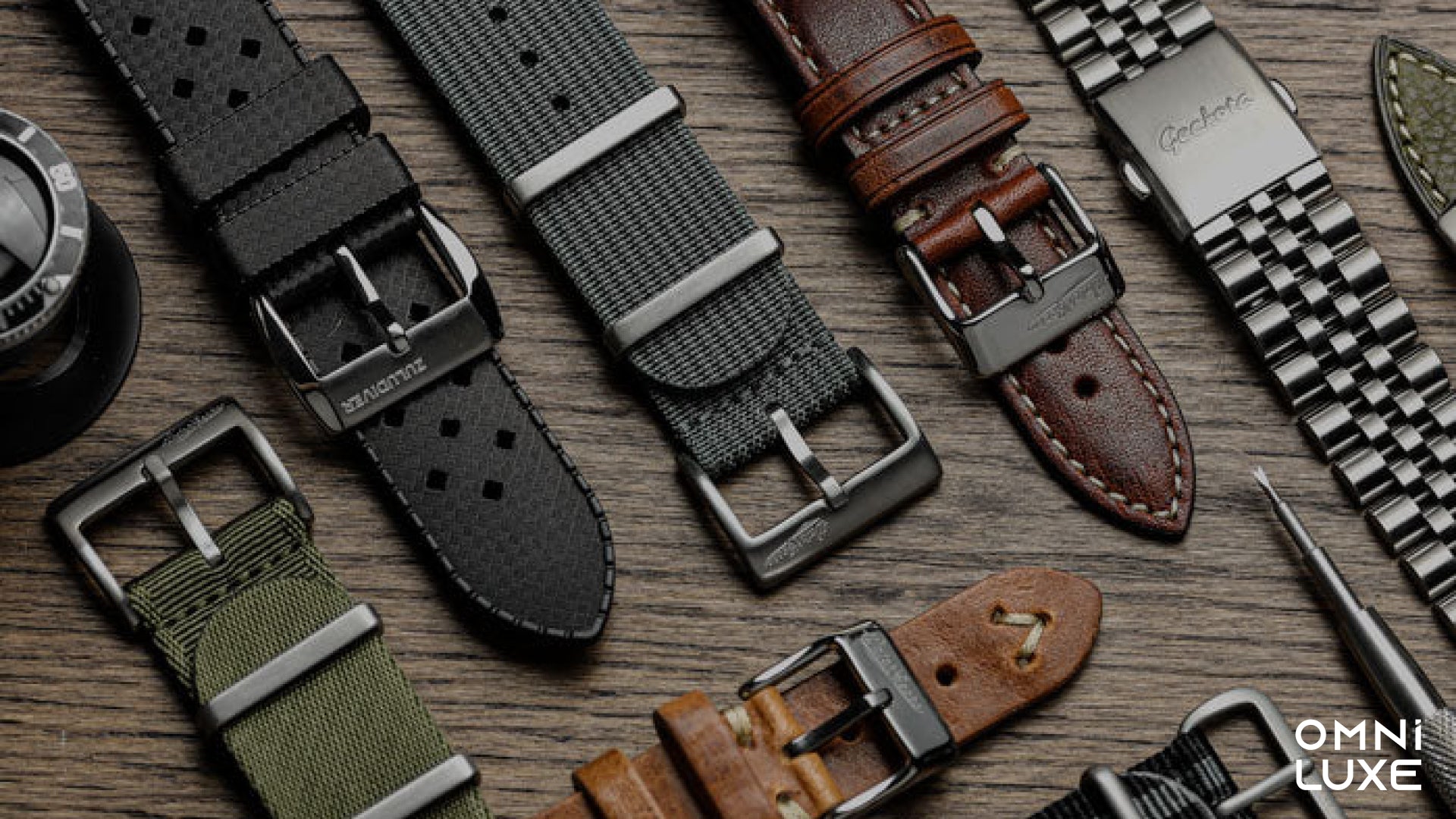An Essential Watch Terms for New Collectors

Not all new collectors are familiar with the watch terms. However, it is important to know the definition of each of them to understand each watch specification correctly, like watch materials and movements described by the seller. Especially when a watch collector decides to buy a luxury watch, here is the beginner's guide.
Important and Commonly Used Terms In Luxury Watch
There are many terms in watches. However, this article will not describe all the terms. Only a few terms on luxury watches will try to explain.
1. Movements

The first term you should know is "movements." This watch term refers to the movement of a watch that makes a watch work and regulates time continuously. Movements are like the human heart.
Three more terms refer to these "movements," namely manual, automatic, and quartz.
Manual refers to how to set the time on a watch by turning the winder manually. Because this is the oldest watch mechanism, it is often used in luxury watches.
It shows a watch's uniqueness, creativity, intelligence, and old-school sensation.
Automatic refers to the watch's working mechanism, sourced from the wrist's movement, so the clock that uses this mechanism does not require batteries.
When you put your watch on the table for a long time and it looks dead, you can simply wear it and shake your wrist to get it back to work.
While the term quartz refers to the working mechanism of the clock that relies on an electrically energized battery to move the dial so that the watch hands rotate.
2. Bezel

The term "bezel" refers to the ring surrounding a watch's dial. It has a function to connect the case with the lug.
Bezels can appear simple as is. But on luxury watches, the bezels often contain precious stones to add an elegant and expensive feel.
In addition, some producers add special functions to the bezel such as compass, telemeter, pulsometer, or slide rule. With the addition of this function, the bezel can be rotated one way or in two directions.
3. Crystal

The term "crystal" refers to the part of the watch, which is the protective glass that covers the watch dial. It is to prevent the entry of dust. In addition to making the watch's inner parts resistant to scratches and impacts.
On expensive watches, the crystal parts are often made of sapphire, which has the highest scratch resistance, good readability, and attractive appearance.
4. Chronograph

You must be familiar with the term chronograph. This term refers to a type of watch with a more complex dial appearance. If you look at the picture above, the small circles on the dial are markers of a clock which is a chronograph clock.
These three circles record time in smaller units, seconds, and minutes. While the other is a time recording in units of hours that have passed.
Chronograph clocks are usually also equipped with an additional turning button on the side of the clock to set the unit of time.
5. Luminescence

If you often see your watch glowing on the dial or certain important parts of your watch, then that is called luminescence.
This light will turn on in a dark place or a place with low light intensity. How can this watch light up? The answer is that it uses photo luminescent materials. Previously, the technology used was radium paint and gas cylinders.
6. Power Reserve

The term power reserve on a watch is the total time it takes for the watch mechanism to turn completely. This power reserve indication usually appears in the form of a sub-dial. The goal is to determine how many remaining power reserves you can use.
These are the 6 watch terms a beginner's guide for new collectors or watch collectors knows. So that these terms, especially the term "movement,” can be used as consideration for making purchasing decisions. Especially when you want to buy a luxury watch, don't forget to keep the watch material in mind as well.








